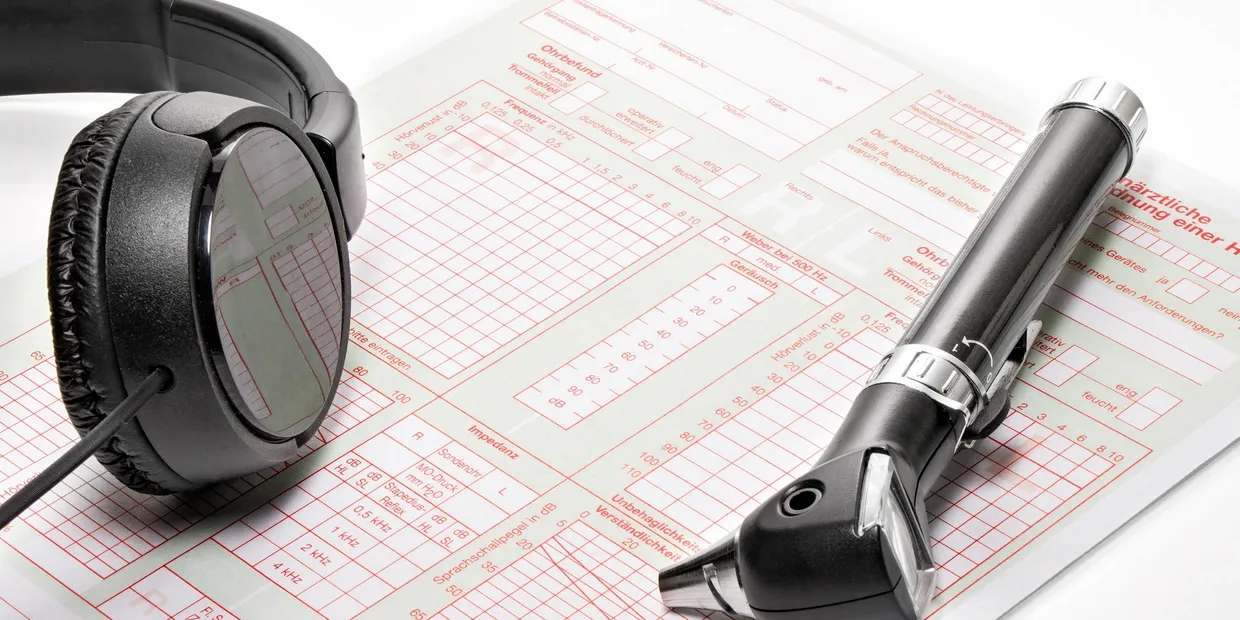We have to check some important conditions in order to find out how can we choose suitable hearing aid. After that we review hearing aid types and hearing accessories to know their mechanism and appliance.


Index
2-1-1. Invisible in the canal (IIC)
2-1-2. Completely in the ear canal (CIC)
2-1-3. In-the-canal (ITC)
2-1-4. Low Profile
1. Which Hearing Aid is good for me?
1-1.
Hearing Conditions
(type and degree of hearing loss )
Each hearing aid has a specific power, maximum amplification and some features like frequency channels and bands, compression, frequency shifting, directional microphones and ....
Due to these, we decide that which hearing aids is able to cover patient requires. For example, whatever degree of hearing loss increases, we need bigger speaker to make enough loud sound and this cause size to of hearing aid being bigger like BTE super power hearing aids.
For the conductive hearing aids due to condition of outer and middle ear, we have some limitations like risk of infection if ear canal be occluded, then we have to choose a haring aid with an open ear mold and we better don’t use in the canal hearing aids. For moderate hearing loss without any medical condition, we can choose any type of hearing aid depend to preference of the user.




1-2.
Medical Conditions
(presence of infection or other disease in the ear)
If we have infection in the middle ear or in the ear canal, or tympanic membrane is perforated, we can’t occlude ear canal because of the risk of relapse infection in the lack of ventilation. So, we better don’t use in the canal hearing aids and use behind the ear hearing aids with open ear mold to ventilate the air. In some children with atresia (ear canal is closed) we have to use bone conduction hearing aids to bypass the air conduction way.
1-3
Age
For infants with severe to profound hearing loss we have to prescribe a super power hearing aid, because they are in the golden time of speech ability development. In children we can’t prescribe custom hearing aids because of growing the ear. Best hearing aids for children are BTE (behind the ear) hearing aids with suitable ear mold.


1-4
Personal Preference
We have to consider personal preference and requires of the patient. For some of them aesthetics aspects and appearance are an important factor. We can prescribe CIC (completely in the canal) if patient conditions let us, but we lose some features like directionality, some wireless options (because lack of hardware in hearing aid case). If we have to use BTE hearing aid, we can use RIC (receiver in the canal) hearing aids because they are smaller and have less appearance.
1-5
Required Facilities and Features
Each patient has some expectations from her/his hearing aid. We have to consider these expectations and requires. For example, if the patient wants to connect her/his hearing aid to smart phone we have to consider that hearing aid has Bluetooth connection. If the patient needs to high signal to noise ratio, we have to choose a hearing aid which has directional microphones. Some hearing aids have tinnitus masker for patients who suffer from tinnitus.


2. Hearing aid types
In general there are two types of hearing aids that come in different styles and each of them has their own subcategory:
2-1
in the ear hearing aids (ITE)
ITE hearing aids are placed in the ear canal and they come in many sizes. Some of them fit deeply in the ear canal while others are closer to the outer ear. Usually, their size is based on the shape of your ear canal. The ear canal shape is measured by an impression that is taken from your ear canal by the audiologist. These types of hearing aids have different colors. You can choose the right color for your hearing aid based on your skin tone. (figure 1)

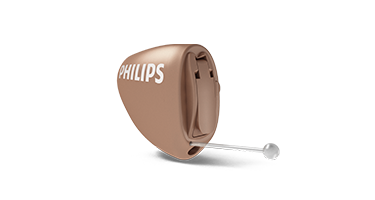
IIC and CIC hearing aids are the smallest types. IIC hearing aids fit deeply in the ear canal which is the reason they are called invisible. CIC hearing aids are small too but they don’t fit so deeply within the ears. These types of hearing aids come with a small pin for removing easily. IIC and CIC hearing aids are appropriate for slight, mild and moderate hearing losses. Since they are very small, they don’t have any manual controls and indicators such as program buttons or volume controls.
ITC and Low Profile hearing aids are bigger than previous styles. ITC hearing aids fit in the lower portion of the outer ear’s concha. Low Profile hearing aids are bigger. They fill either half of the concha (half shell) or the whole concha (full shell). Since these styles are bigger than the previous types, they are easier to use. They also come with manual control buttons and indicators such as volume controls and/or program buttons.

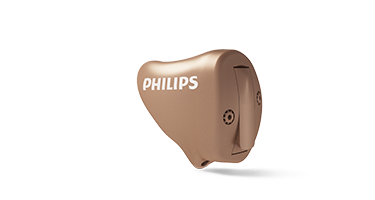

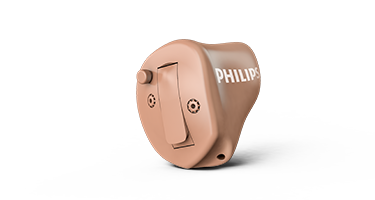
2-2.
Behind the ear hearing aids (BTE)
BTE hearing aids sit behind and on top of the ear. They rout the sound by a tube or receiver that ends to a mold or dome which sits in the ear canal. This type of hearing aids come in 2 different styles: Receiver in the Ear (RITE) or Receiver in Canal (RIC) and Behind the Ear with ear mold. BTE hearing aids are available in different colors to match with your skin tone or hair color. They also have other different colors you can choose based on your taste. BTE and RITE hearing aids have either disposable batteries or rechargeable ones.



2-2-1.
RITE
These hearing aids sit behind the ear and transmit the signal by a wire. The wire routs the sound to a mold that is based on your ear canal size (as in ITE hearing aids) or a dome that comes in different types and sizes. Size and type of the mold or dome is based on your hearing loss degree.
2-2-2.
BTE
These types of hearing aids come with a mold made in your ear canal size. The hearing aid sits behind the ear and connects to the mold by a small tube. The mold of BTE hearing aids also has different sizes that is choosing depending on your hearing loss degree.
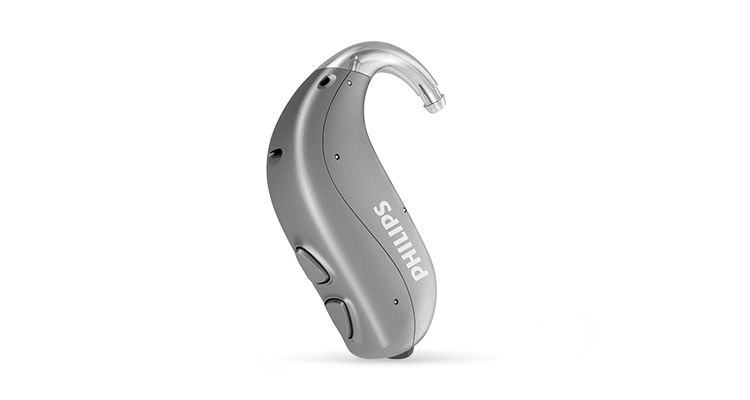
3. Hearing accessories
3-1
Audio Clip
Philips AudioClip is a kind of remote microphone. It picks up the sound signal and transfers it to your hearing aid. It is a good option for conversations in noisy environments or when you want to talk to a person from a distance. The only thing you should do is to place this device near their mouth and it picks up the sound and sends it to your hearing aid.


3-2
HearLink TV Adapter
This device is very useful for when you want to watch TV. It connects to the TV and transfers the sound signal directly from TV to your hearing aid via Bluetooth. So you can watch TV at your preferred volume.
3-3
Remote Control
Philips Remote Control is a useful and handy device which you can turn your hearing aids volume up and down with that. Philips also provided a HearLink app in case you prefer to do this action with your cell phone.
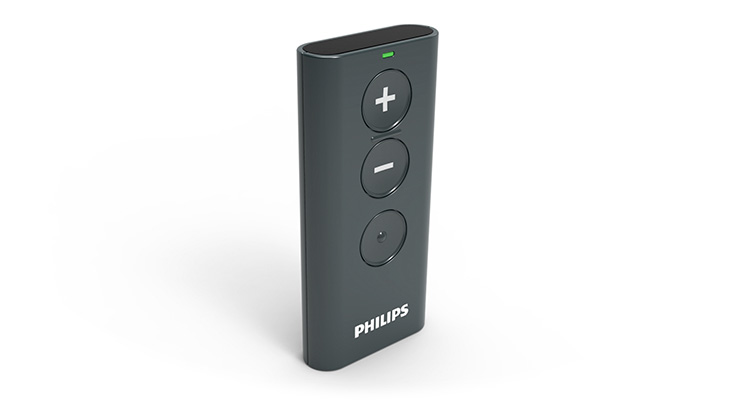

3-4
at home charger
Philips has 2 types of rechargeable hearing aids: Hearlink MiniRITE T R and MiniBTE T R. you can recharge the batteries in case they are discharged. At Home Chargers recharge hearing aids in 3.5 hours or less and then they will work the whole day. You can buy At Home Chargers from the hearing center where you bought your hearing aids.
3-5
Portable Charger
If you need to recharge your MiniRITE T R and MiniBTE T R hearing aids wherever you need and not necessarily at home, Philips portable charger is the best choice. The internal battery of the charger fully recharges your hearing aids 3 times. Its small and easy to use. You can buy this portable charger from the hearing center where you bought your hearing aids.

